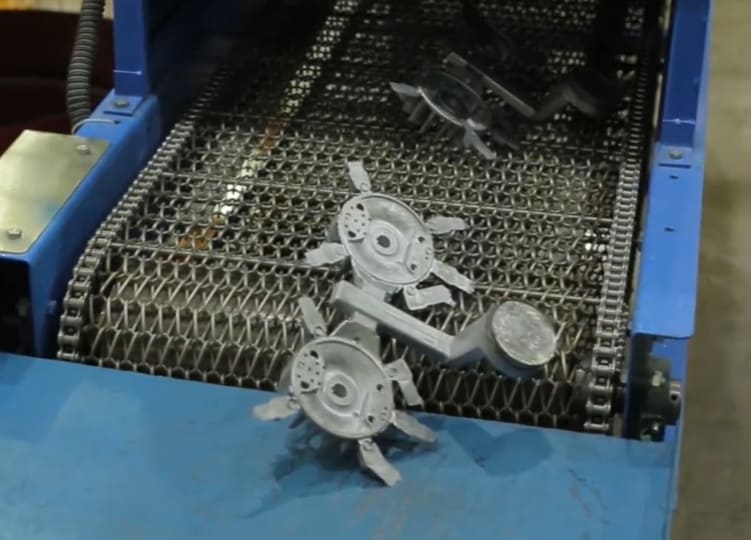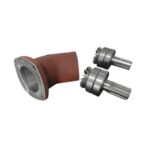Introduction
Welcome to our comprehensive guide to sandblasting aluminum.
Whether you’re a seasoned professional or a DIY enthusiast, this guide equips you with the knowledge and techniques required to achieve optimal results in sandblasting aluminum.
Sandblasting Fundamentals
Sandblasting, also known as abrasive blasting, is a potent technique used to clean, smooth, or shape surfaces by propelling abrasive materials at high velocity.
For aluminum, sandblasting offers an effective method for removing rust, paint, corrosion, and other surface contaminants while preparing the metal for various finishing processes.
Selecting the Right Abrasive Material
The choice of abrasive material is crucial for successful sandblasting aluminum. Common abrasives include aluminum oxide, glass beads, garnet, and steel grit.
Each abrasive possesses unique characteristics, such as hardness, particle size, and shape, determining its suitability for specific applications.
For aluminum, aluminum oxide or glass beads are recommended due to their gentler abrasiveness, preventing damage to the metal surface:
| Abrasive Material | Characteristics | Recommended for Aluminum Sandblasting? |
|---|---|---|
| Aluminum Oxide | Moderate hardness, Sharp angular particles, Suitable for removing rust, scale, and corrosion, May leave a rougher surface finish compared to glass beads and garnet | Yes |
| Glass Beads | Spherical shape, Relatively soft, Gentle on surfaces, Produces smoother finishes, Less likely to embed in the substrate | Yes |
| Garnet | Hard and sharp particles, Effective for heavy-duty applications, Suitable for removing thick coatings and stubborn contaminants | Not typically recommended |
| Steel Grit | High hardness, Angular particles, Extremely abrasive, Ideal for tough applications such as heavy rust and scale removal | Not recommended |
Equipment and Safety Measures
Before commencing any sandblasting project, ensure you have the appropriate equipment and adhere to safety protocols. This includes wearing protective gear such as goggles, gloves, and a respirator to shield against airborne particles.
Additionally, utilize a sandblasting machine equipped with a nozzle capable of delivering the abrasive material at the desired pressure and angle.
Surface Preparation
Proper surface preparation is paramount for achieving optimal results in sandblasting aluminum.
Begin by thoroughly cleaning the surface to eliminate dirt, grease, or debris that could interfere with the sandblasting process.
Next, assess the aluminum’s condition and determine the suitable abrasive material and pressure settings required for the desired finish.



Effective Sandblasting Techniques
When sandblasting aluminum, employing the correct techniques is essential to avoid damaging the metal surface.
Maintain a consistent distance between the nozzle and the aluminum surface to ensure uniform coverage and prevent over-blasting in any area.
Utilize sweeping motions to evenly distribute the abrasive material and prevent streaking or uneven texture.
Finishing Touches and Post-Blasting Care
Upon completing the sandblasting process, thoroughly clean the aluminum surface to remove any residual abrasive material and debris.
Depending on your project requirements, apply a protective coating or finish to enhance the appearance and durability of the aluminum. Follow the manufacturer’s instructions for proper application and curing times.
Drop me an email with your ideas, and I’ll get back to you swiftly!



















